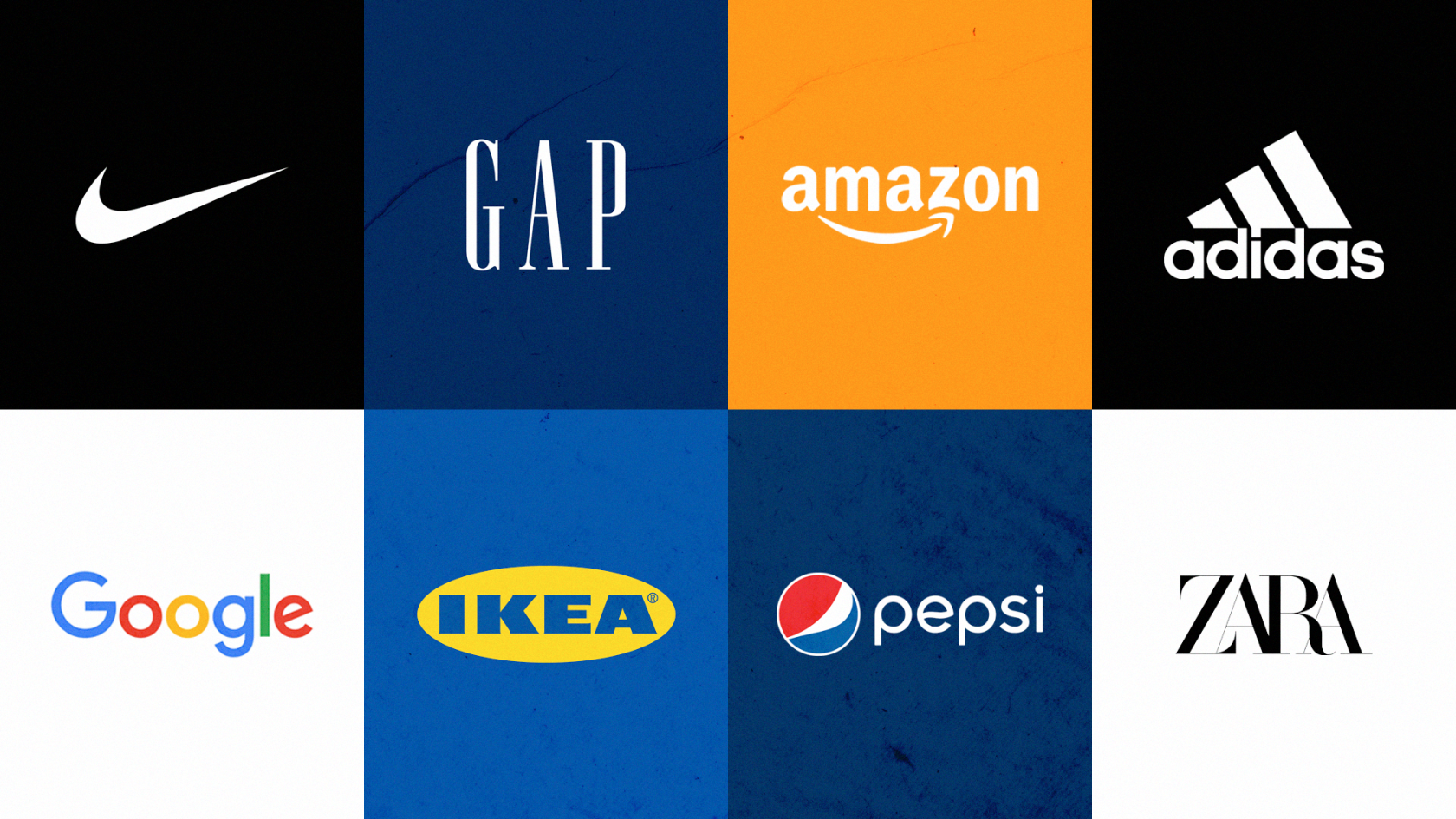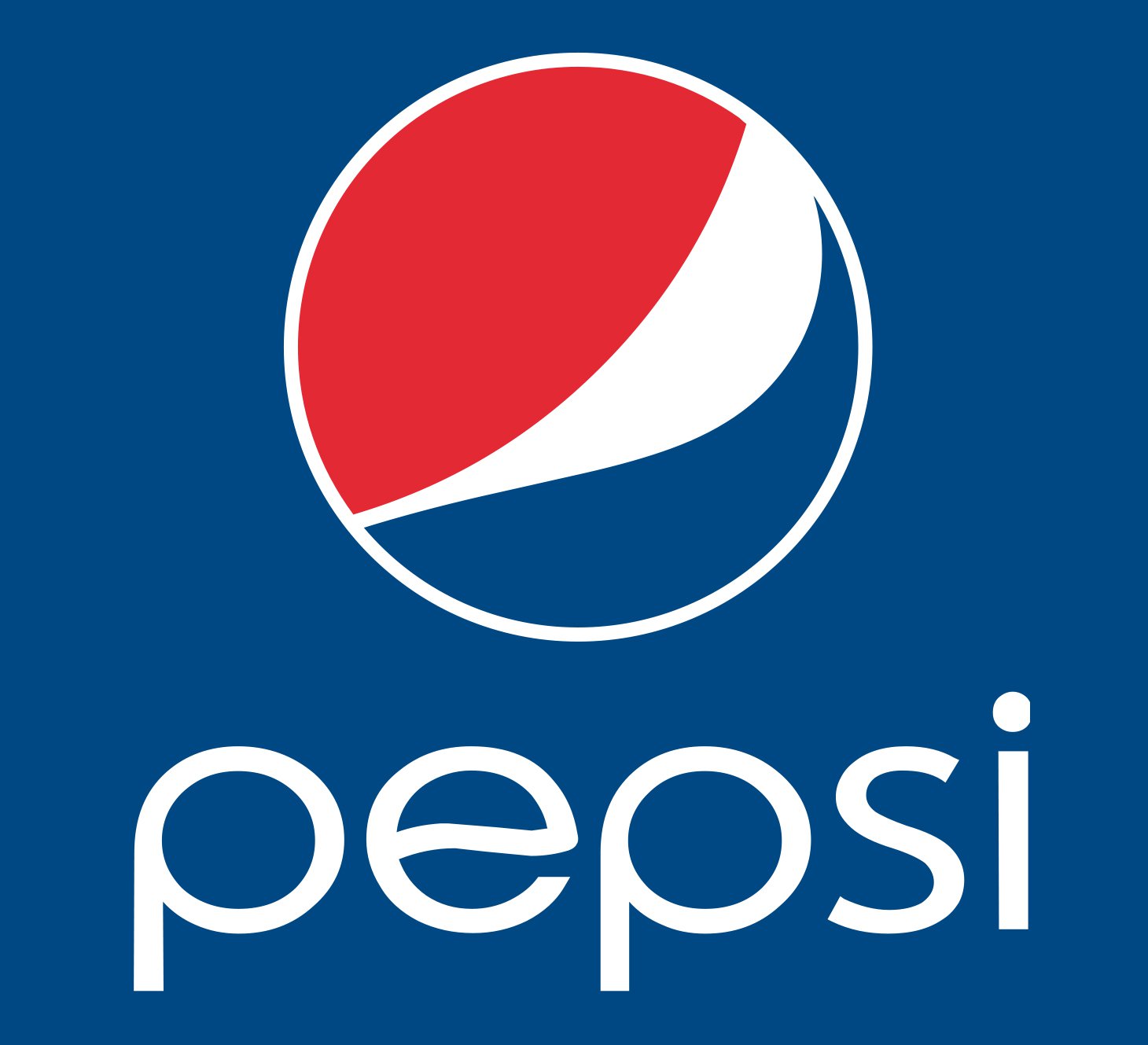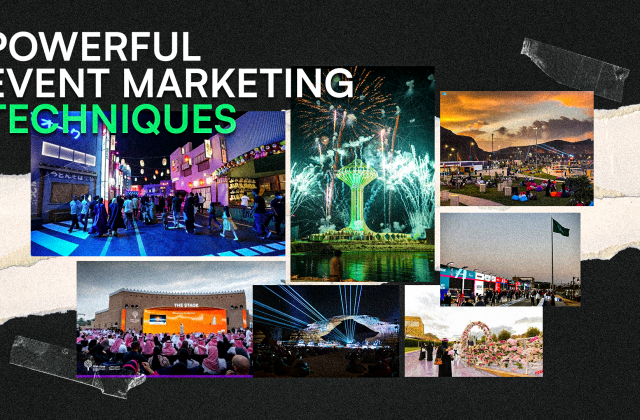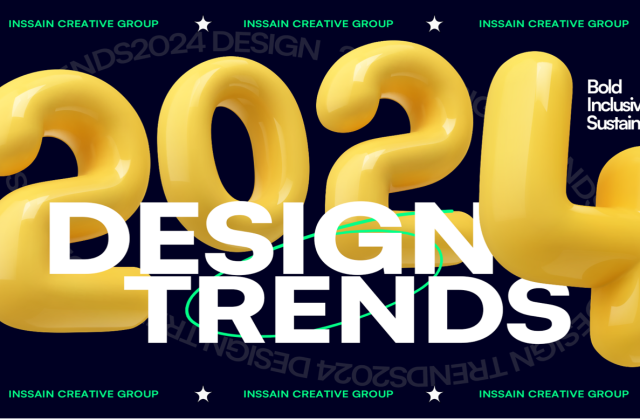
8 Famous “Brands” The Meanings of Their Names Will Amaze You.

It’s always fascinating to learn about the strange and interesting stories and details behind the brands we use in our daily lives. That’s why we’re bringing you a list of 8 famous brands that will amaze you, where we’ll discover the true meanings of their names and the interesting details behind their naming. And many other secrets you may not know about these famous brands. So join us on this journey and enjoy learning more about these brands, which carry many fascinating stories and amazing surprises.
logos are widely used around the world and are considered to be essential tools used by companies and brands to differentiate their products or services from their competitors. They help build brand awareness and increase attention to the brand. Logos can be used to indicate the values and goals of the company, and to strengthen the brand and increase awareness of it. They are also used in advertising and marketing to attract attention and enhance the visual memory of the product or service. Logos are designed to be simple, easy to understand, and distinguishable from other logos. Well-designed logos can help build the visual identity of the brand and thus can help achieve great success for the company. Logos come in various types and shapes, and they can be classified according to the purpose for which they are used.
8 Famous Brands That Will Surprise You with Their Meanings:

Pepsi.. from “dyspepsia”
Caleb Davis Bradham, the inventor of the famous Pepsi drink, wanted to become a doctor. But due to family and financial circumstances, he left his studies at the medical college of the University of North Carolina and moved to the pharmacy college in the same university. In this way, Bradham began his scientific and professional career in the field of pharmacy, which allowed him to invent Pepsi in 1893. He developed a new drink consisting of water, sugar, caramel, lemon, and nutmeg. At first, it was known as “Brad’s Drink.” But after three years of research and experimentation, Bradham decided to rename it “Pepsi-Cola,” after realizing that the drink helps digestion.The name “Pepsi-Cola” is derived from the word “Dyspepsia” which means “indigestion” in English. Once it was launched in the market, the drink achieved great success and became popular worldwide. Now, it can be said that Pepsi is one of the most famous and widespread soft drinks in the world, known for its delicious and refreshing taste.

Google .. a spelling mistake!
Larry Page and Sergey Brin are the main founders of Google. In 1996, they were studying at Stanford University in the United States. At that time, the internet was expanding and growing rapidly, but it was difficult to find the information you needed quickly and accurately. Larry Page decided to search for a new way to browse the internet and easily find information. He began developing new software to help him search for information faster and more efficiently.After a short period of time, Page and Brin decided to register a website called “Google.com.” This idea was inspired by the word “googol,” which is a number consisting of one hundred consecutive zeros. However, when Page registered the website, he made a spelling mistake in writing the word “googol,” and instead wrote “Google.” After verifying the availability of the name, Page and Brin decided to use this name instead of the original intended name.Since then, the name Google has become one of the most famous brands in the world, and the website has become the first in internet search and enjoys great popularity worldwide.
Zara… Breaking away from repetition
In 1975, Amancio Ortega, the founder and CEO of Inditex, decided to open a ready-to-wear clothing store in La Coruña, Spain. The first name he chose for the store was “Zorba,” inspired by the 1964 film “Zorba the Greek.” However, it turned out that there was another store in the area with the same name, so the decision was made to change the store’s name. Since the letter molds for the brand “Zorba” had already been prepared, it was difficult to redesign them. Instead, Ortega decided to change the name in a way that retained the letters in “Zorba” but in a different order, making it easier to print the new brand name. Thus, Ortega chose the name “Zara” for the new store.After the “Zara” brand achieved great success in Spain, the company quickly evolved to become one of the largest clothing brands in the world. Since then, the name “Zara” has been associated with quality, elegance, and uniqueness in the fashion world.
IKEA… Not a Swedish word!
IKEA was founded in 1943 by Ingvar Kamprad, who chose the name “IKEA.” Kamprad chose the first letters of his name and surname “IK,” and added the first letter of the farm where he lived (Elmtaryd) and the first letter of the nearby village (Agunnaryd) in southern Sweden. Through this simple approach, Kamprad was able to create a unique and memorable name.
It is worth noting that the IKEA brand is not a Swedish word, but rather a combination of carefully chosen letters and characters that form a unique brand name.
Thanks to its practical and modern designs and affordable prices, IKEA has become widely popular around the world and is considered one of the most successful brands in the home furniture and decor industry.
Amazon… The Great River
Amazon was founded in 1995 by Jeff Bezos. Initially, Bezos was considering the name “Cadabra,” but he quickly realized that it could be misheard as “cadaver,” which he definitely did not want. While searching for an alternative name, Bezos discovered that the longest river in the world is the Amazon River. Since he wanted to make his website a vibrant place for commerce and experience, he felt that this name perfectly suited his vision for the company.After choosing the name, Bezos adopted the Amazon River logo as the company’s first symbol, which includes the letters A and Z to symbolize the full diversity – from A to Z – of the products sold on the site.Amazon has become one of the most famous companies in the world and a reference for e-commerce. It has expanded to include a wide range of products and services, from books to electronics, clothing, home appliances, and much more.

Adidas… Not Just a Football Dream!
Adidas was founded in Herzogenaurach, Germany, in 1949 by Adolf Dassler. As for the name “Adidas,” Dassler chose the company name himself, which is based on the abbreviation of his full name, Adi Dassler. The first three letters of his first name were combined with the first three letters of his family name. After its founding, Adidas began manufacturing sports shoes, sportswear, and other sports equipment, becoming one of the most important sports brands in the world.
Nike… The Goddess of Victory
The story of Nike dates back to ancient Greek mythology, where Nike was the goddess of victory and triumph. This goddess is one of the most important deities in Greek mythology, representing victory and triumph in battles and sports events. But Nike was not just a goddess of victory in battles; she also symbolized victory in sports events, and winning in these events was considered a great honor for the competitors. Thus, Nike is not just a brand, but a symbol of challenge, creativity, and high performance, inviting consumers to achieve success and excellence in every area of life.

Gap… The Gap
Gap is one of the largest clothing companies in the world. The name was originally chosen to refer to the gap between childhood and adulthood, which represents the stage people go through when they need to learn more about themselves and define their own identity and style in life. This name is a symbol of aspiration, renewal, and self-exploration, which represents the spirit of Gap to this day.
Gap is known for its innovative designs and high-quality products, offering a wide range of products for men, women, and children, from casual wear and sportswear to formal wear and accessories.
The types of logos and examples of each type:

1. Descriptive logos: This type of logos directly expresses the products or services offered by the company. These logos are characterized by simplicity and clarity in expressing the product or service. Examples of this type of logos include Ford’s “Quality is Job One” and Pizza Hut’s “We’re always ready with delicious food.”

2. Symbolic logos: This type of logos use symbols or illustrations to represent the product or service offered by the company. These logos are characterized by their ease of recognition and comprehension. Examples of this type of logos include McDonald’s golden arches and Nike’s swoosh.
3. Reflective logos: This type of logos is used to express the vision and values of the company, focusing on positive and encouraging ideas. Examples of this type of logos include Pepsi’s “You and Me” and Coca-Cola’s “Smile.”
4. Customer-focused logos: This type of logos is used to show how the product can help the customer and is characterized by focusing on the customers and their needs. Examples of this type of logos include Mastercard’s “Life Takes Mastercard” and Apple’s “Think Different.”
5. Brand-focused logos: This type of logos is used to differentiate the products and services offered by the company from those of its competitors, focusing on the brand of the company. Examples of this type of logos include Adidas’s three stripes.
In general, logos are some of the most important elements that help companies differentiate and identify themselves, build relationships with their customers, and increase brand awareness.




